PROTECT YOUR DNA WITH QUANTUM TECHNOLOGY
Orgo-Life the new way to the future Advertising by AdpathwayWarm weather and long days encourage tomato plants to grow rapidly, producing long green stems and small yellow flowers. But these hot and dry days can also stress tomatoes.
One of the primary risks associated with tomatoes and hot, dry weather is dehydration. When plants lack access to sufficient water, they are unable to regulate their temperature properly, resulting in even greater heat stress. Insufficient water also causes issues with nutrient uptake, plant growth, and fruit development.
Watering your tomatoes is the obvious way to keep them healthy, but don’t just grab the sprinkler and go wild. How you water your plants plays a big role in whether tomatoes will remain healthy in hot, dry conditions.
I’ll share tips on determining how often and how much to water tomatoes during the heat of summer.

Pay Attention to the Growth Stage
 Watering needs change as tomato plants grow.
Watering needs change as tomato plants grow. Tomatoes require variable amounts of water at their different growth stages. Knowing how much and how often to water at each stage will help keep tomatoes healthy in hot, dry weather without overwatering your plants.
Young plants don’t require as much total water as their mature counterparts, but their small root systems mean they can’t reach water that’s buried deep in the ground. When the weather is hot and dry, you may need to water recently transplanted seedlings as often as every day to ensure the top few inches of the soil remain moist. Check the soil moisture level at least every day, and water if the top two inches feel dry.
As your tomato plants grow, their roots can reach water located deeper underground. These large plants also require more water, so plan for deeper but less frequent irrigation events. While you may not have to water every day, avoid letting the soil dry out completely between waterings, since sudden changes in moisture can cause cracked fruits, issues with nutrient uptake, and blossom end rot.
During hot and dry weather, large tomatoes require irrigation a few times a week. The ideal watering schedule will depend on various factors, including soil type, mulching, and wind, so check the soil to determine if watering is necessary. If the top three to four inches feel dry, water your plants.
Even though mature tomato plants can reach moisture a foot underground, many growers choose to irrigate every day or every other day. Frequent irrigation helps keep the soil cooler and also provides moisture for beneficial microbes.
Note Your Soil Type
 Different soil types retain moisture in different ways.
Different soil types retain moisture in different ways. As I mentioned above, the soil type has a significant impact on how often you should water your tomato plants. During hot and dry weather, some soils can dry out in a single day, while others can retain moisture for several days, even when the air temperature consistently exceeds 90°F (32°C).
Soils high in clay will hold onto water the longest. That’s because clay soil is made of tiny particles that clump together to form little air pockets. Since these empty spaces are so small, it takes a while for water to travel down the soil layers.
Sandy soils are made of large particles that group together to create big air spaces. Water percolates through these large pores more quickly, leading to soil that dries out faster.
The Impact of Organic Matter
 Organic matter increases moisture retention.
Organic matter increases moisture retention. The mineral particles that make up soil have a big impact on how well it holds onto moisture, but organic matter also impacts soil drainage and water holding capacity. Just a one percent increase in organic matter allows an acre of soil to hold onto 20,000 more gallons of water.
Even if you’re working in square feet instead of acres, the impact of organic matter remains the same. Soil rich in compost, decayed cover crops, peat moss, and other types of organic materials can hold more water than soil that’s just clay or sand.
If you’re worried about the water-holding capacity of your soil or want to help it retain moisture around tomatoes during hot, dry days, mixing organic matter into the top six inches of ground is a great solution. Materials like compost and peat moss also provide a home for beneficial microorganisms and allow the soil to hold onto nutrients.
Regularly Check the Soil Moisture
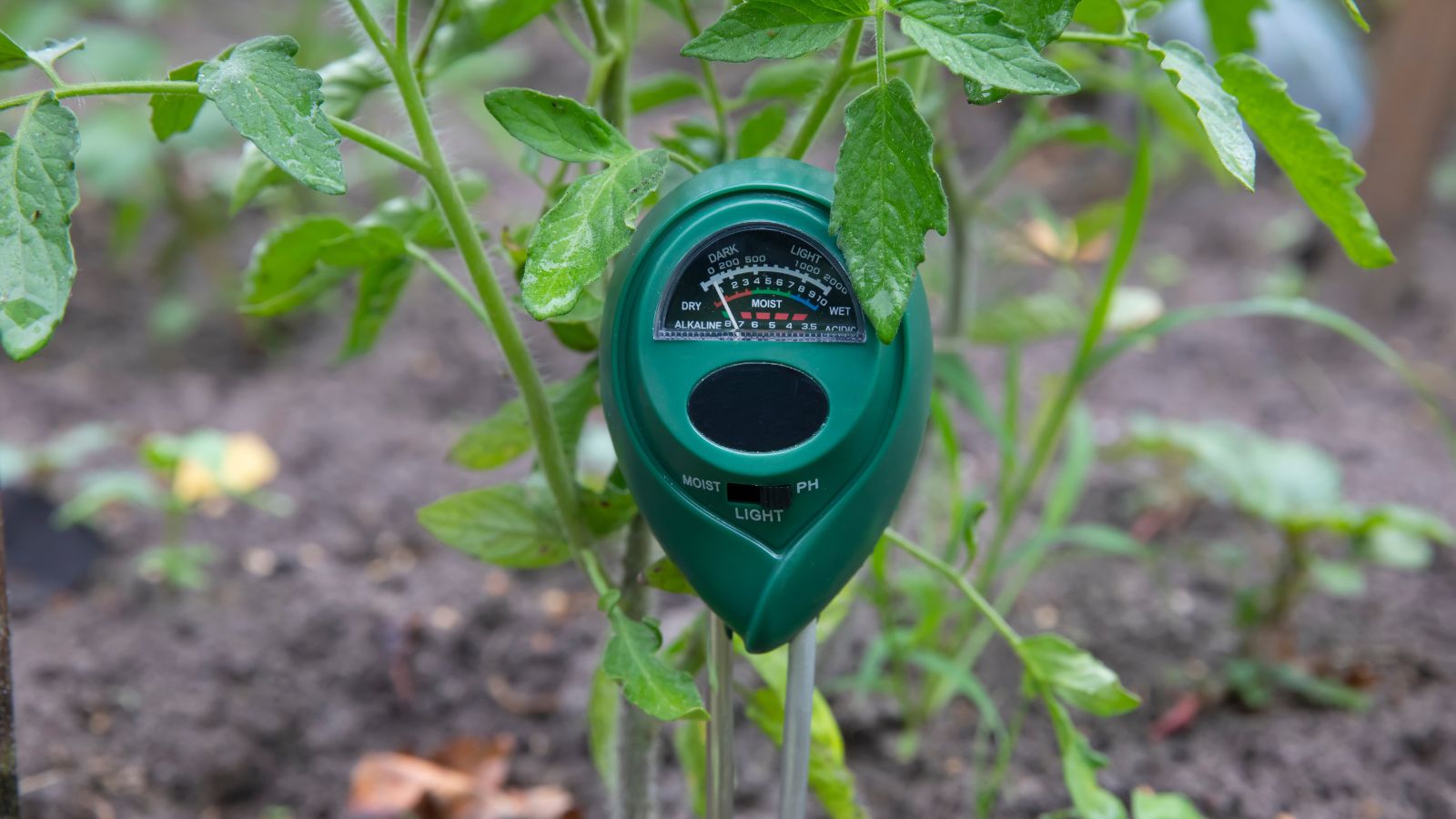 Don’t just look at the soil, test it to determine whether it’s time to water.
Don’t just look at the soil, test it to determine whether it’s time to water. Even if you know your soil type and tomato plant’s growth stage, checking the soil moisture is the most reliable way to determine when you need to water your plants. Regular monitoring ensures you water your plants when the soil is dry, and it also helps prevent overwatering.
You can insert your fingers into the top two to four inches of soil to check for moisture. If the top layer of soil is dry, you need to water. Larger plants can reach their roots deeper into the soil, but keeping the soil consistently moist is a best practice.
Sticking a soil moisture meter into the ground is another way to determine if you need to water your tomatoes. These devices display the moisture level on a screen, so you don’t need to get your hands dirty. If the meter reads below 50% or the average moisture level, it’s time to irrigate.
Along with checking the soil moisture, look for signs of drought stress. It’s not abnormal for tomato leaves to wilt during hot afternoons, so this doesn’t always indicate a lack of water. However, wilting leaves early in the day and stunted growth point towards water stress.
Install Drip Irrigation
 Drip irrigation directs water around the roots where it’s needed.
Drip irrigation directs water around the roots where it’s needed. Tomato plants are susceptible to various foliar diseases. Early blight, septoria leaf spot, late blight, and bacterial leaf spot are just a few of the diseases that can quickly weaken your plants. Since high moisture around the plant’s leaves encourages these pathogens to take hold, keeping the leaves dry is one way to keep your tomatoes healthy.
Rather than using overhead sprinklers or a garden hose to water your tomatoes, choose an irrigation method that delivers water directly to the soil. Watering the base of the plants with a watering can or hose is one option, but installing a drip irrigation system makes it easy to keep your tomatoes healthy in hot, dry weather.
Set Up a Drip Tape Irrigation System
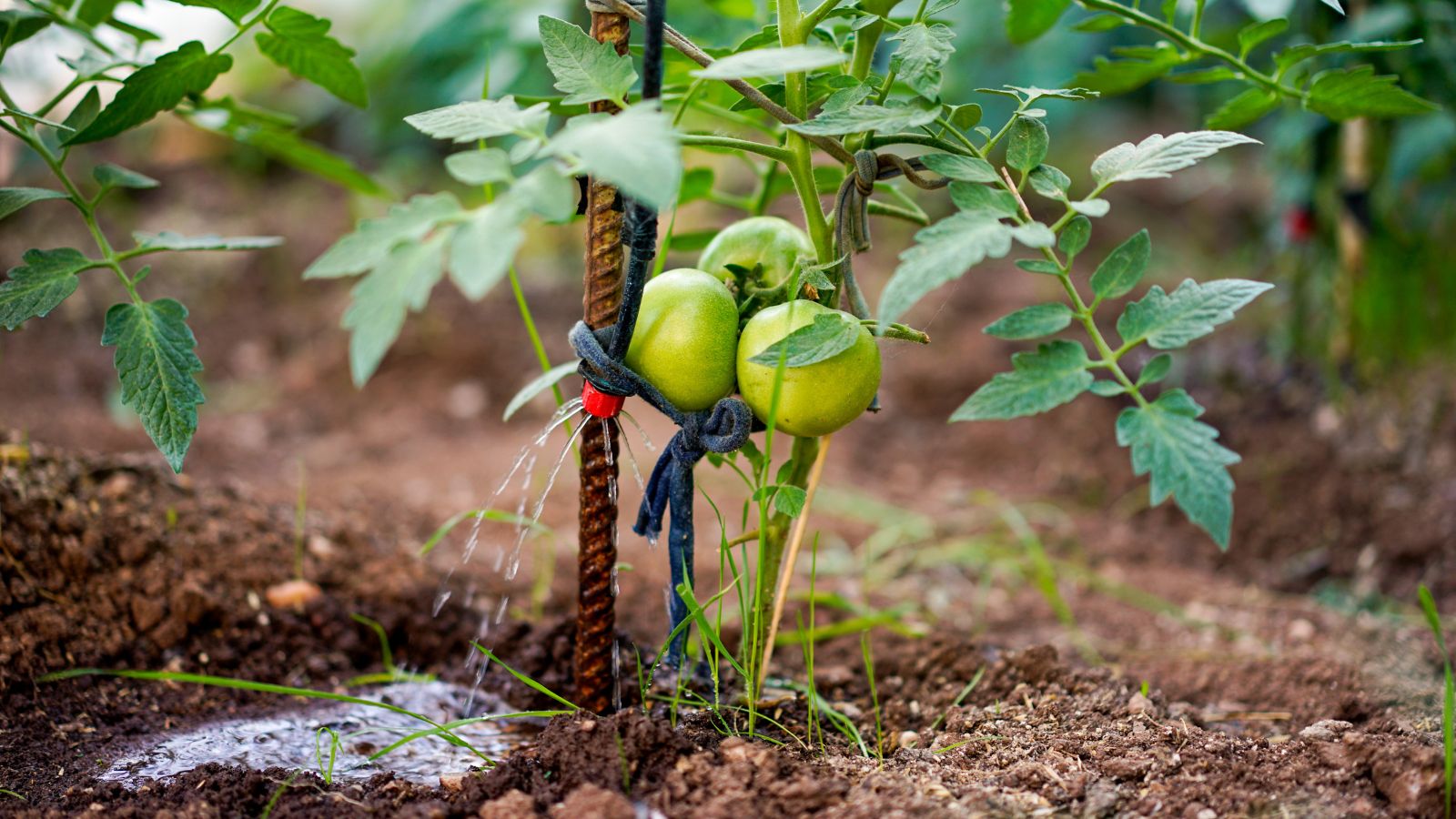 Making your own DIY irrigation setup is simple.
Making your own DIY irrigation setup is simple. Drip tape is my preferred tool for setting up a drip irrigation system. This specialized plastic tape has a series of small holes running along its length. As water flows through the tape and pressurizes, it slowly drips out of the tiny holes and directly into the ground.
You can find drip tape with holes spaced anywhere from four inches to two feet apart. Some growers prefer wider spacing so the tape only delivers water to the plants. For example, they may choose drip tape with 18-inch spacing for their tomato plants.
I prefer to use drip tape with closer hole spacing regardless of my plant spacing. Even if you plant your tomatoes 18 or 24 inches apart, the roots will travel a larger distance. Watering the entire bed allows all of the roots to take up water, and it helps create a favorable environment for beneficial microbes.
Connect the drip tape to a header made of plastic tubing, then connect the entire system to your spigot. Adding a filter and pressure reducer helps prevent clogs and busted connections.
Automate Your System
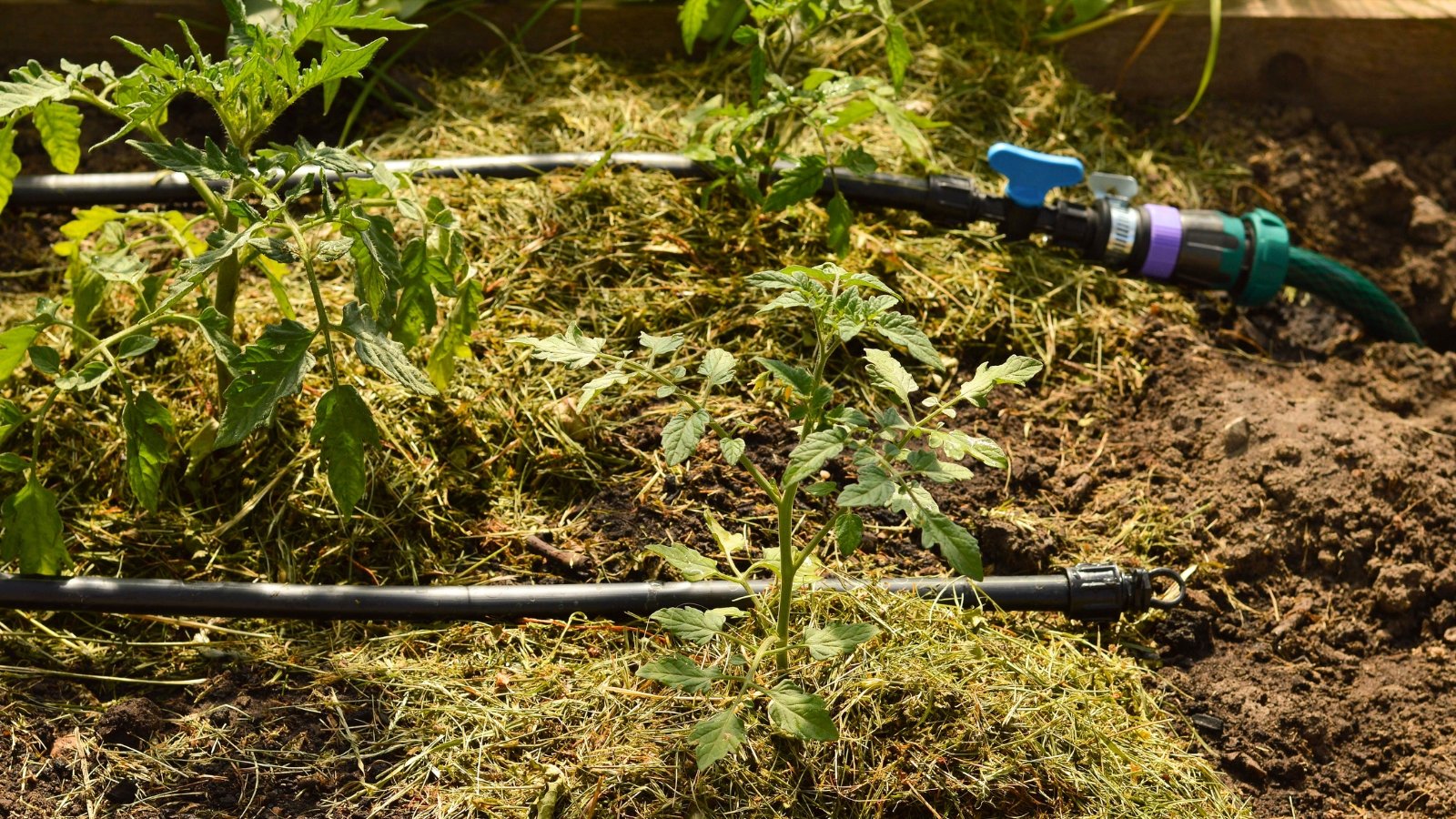 If you struggle to water on time, automate your system.
If you struggle to water on time, automate your system. Once you have your drip irrigation system set up, it’s easy to irrigate your tomatoes on hot, dry days. Just turn on the water and watch the soil darken as it soaks up moisture.
Since tomatoes prefer consistent moisture, I like to irrigate every day or two during hot periods. The run time will depend on the temperature, soil type, humidity, and other factors, so pay attention to the soil moisture. Start with 15 minutes per day and increase as necessary.
After you’ve determined the ideal irrigation schedule, you can set your system on an automatic timer. While high-tech, Wi-Fi-enabled systems are one option, simple hose-end timers work just fine.
Mulch Around the Plants
 Use organic mulch to improve soil structure.
Use organic mulch to improve soil structure. Water exits through the soil in three main ways. First, plants absorb it through their roots and then use it for plant functions or release it into the atmosphere through leaf pores called stomata. Second, the water travels deeper into the soil until it’s no longer accessible to plants. Finally, it evaporates into the atmosphere.
Covering your soil with mulch limits water loss through evaporation, which is especially important when the air is windy, hot, and dry around tomatoes. Mulching also helps cool the soil, which is an especially useful benefit during hot days. You’ll also enjoy fewer weeds and less soil splashing onto your plants.
Many different materials work well as mulch. You can utilize organic materials such as straw and wood chips to cover the top of the soil. As the materials break down, they’ll enrich the soil with organic matter.
When you’re mulching with organic materials, it’s important to keep them on top of the soil rather than mixing them into the ground. Incorporating these high-carbon materials into the soil can tie up nitrogen and stunt the growth of your tomato plants. Instead, pile a few inches of the mulch onto the top of the soil.
You can also use plastic landscape fabric to cover the soil around your plants. This material won’t add organic material to the soil, but it’s easy to apply and can be reused for multiple years.
Water in the Morning or Evening
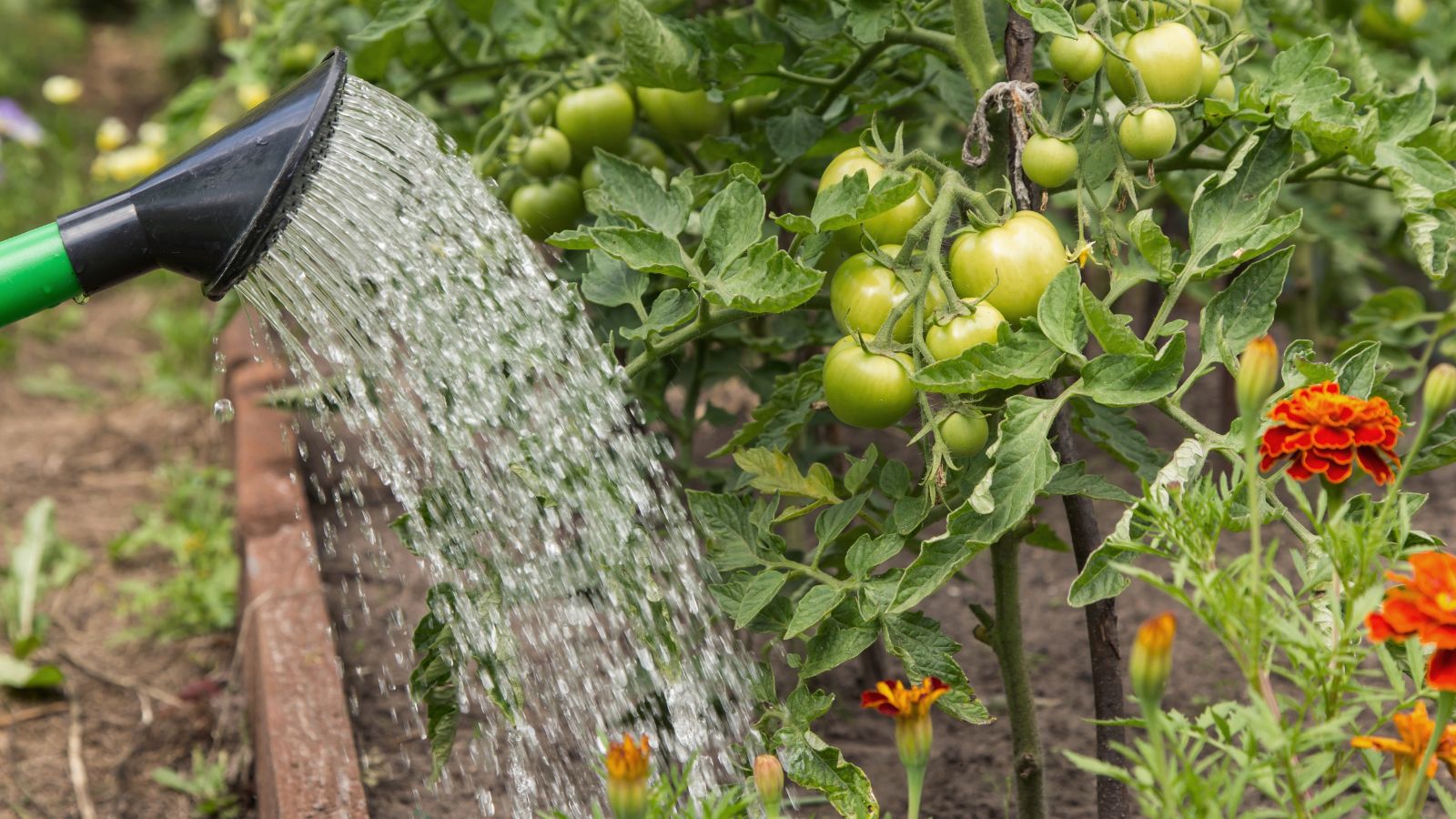 Timing matters more than you may think.
Timing matters more than you may think. Another way to limit water loss via evaporation is to irrigate when it’s cool outside. High temperatures lead to faster evaporation rates, so watering your tomatoes during the morning or evening is ideal.
While this is a good practice to keep in mind, it’s not a hard rule. If you’re only available to water your plants at 3 PM, turn on the water. It’s better to lose some water to the air than let your plants become dehydrated.
Remember that you can always set your irrigation system up on a timer if you don’t want to head out to your garden as soon as you wake up. Even if you don’t have a complete drip irrigation system, you can connect your timer to a soaker hose.
Pay Close Attention to Container Tomatoes
 Potted tomatoes need more frequent watering.
Potted tomatoes need more frequent watering. Tomatoes growing in containers often require more water than those grown in the ground. Since all sides of the container come into contact with hot air, the soil usually becomes hotter and loses water more quickly. Couple this with fast-draining potting soil, and you have a recipe for dry soil.
Check the soil in your container once a day and water when it’s dry. Water slowly to ensure the moisture reaches all the way to the bottom of the container without running out of the sides.
Mulching the top of container-grown tomatoes will help conserve moisture and reduce the need for irrigation. You can also place your plant in a spot with afternoon shade to protect it from intense heat and limit water loss via evaporation and transpiration.


 1 day ago
16
1 day ago
16
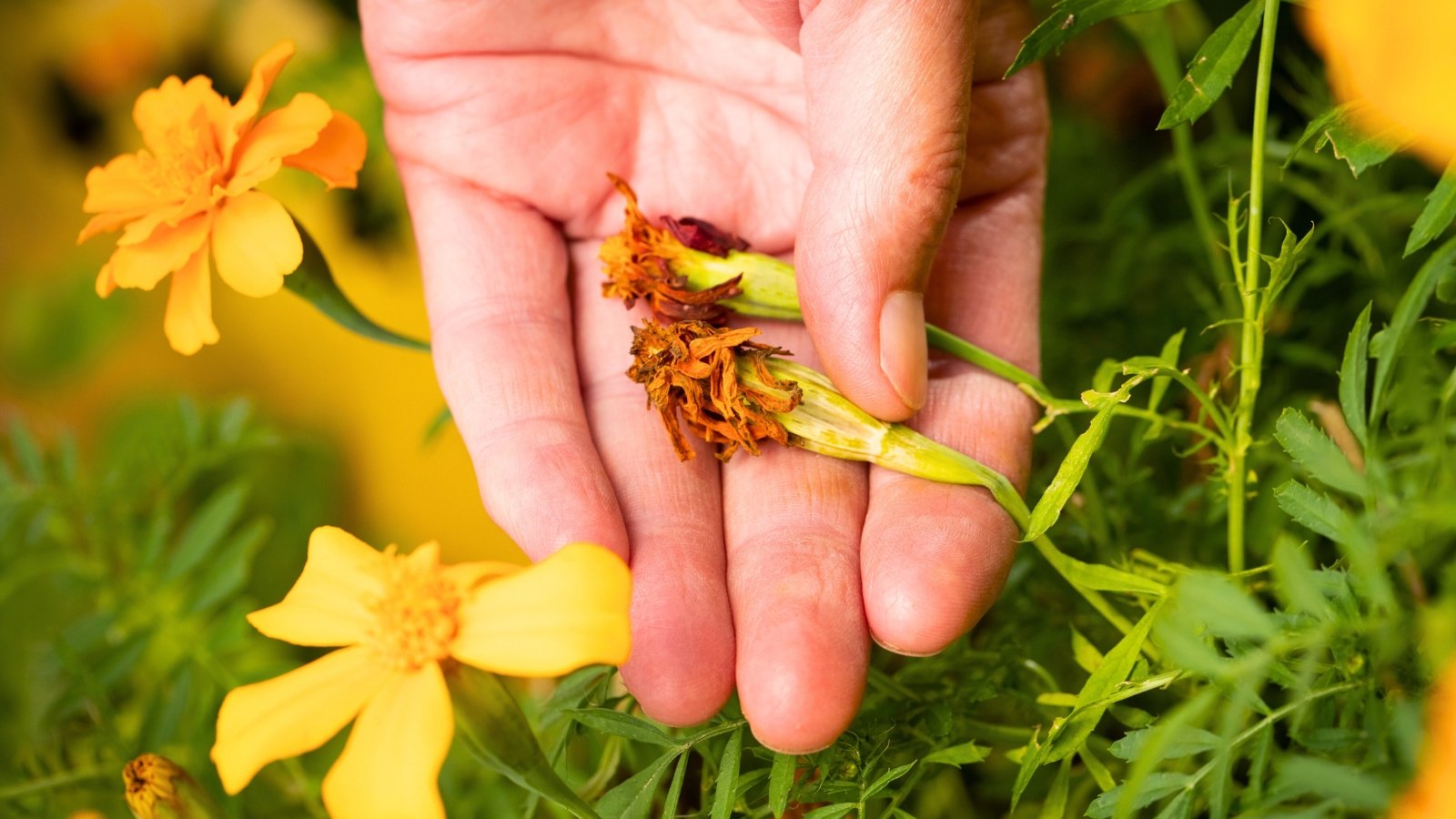
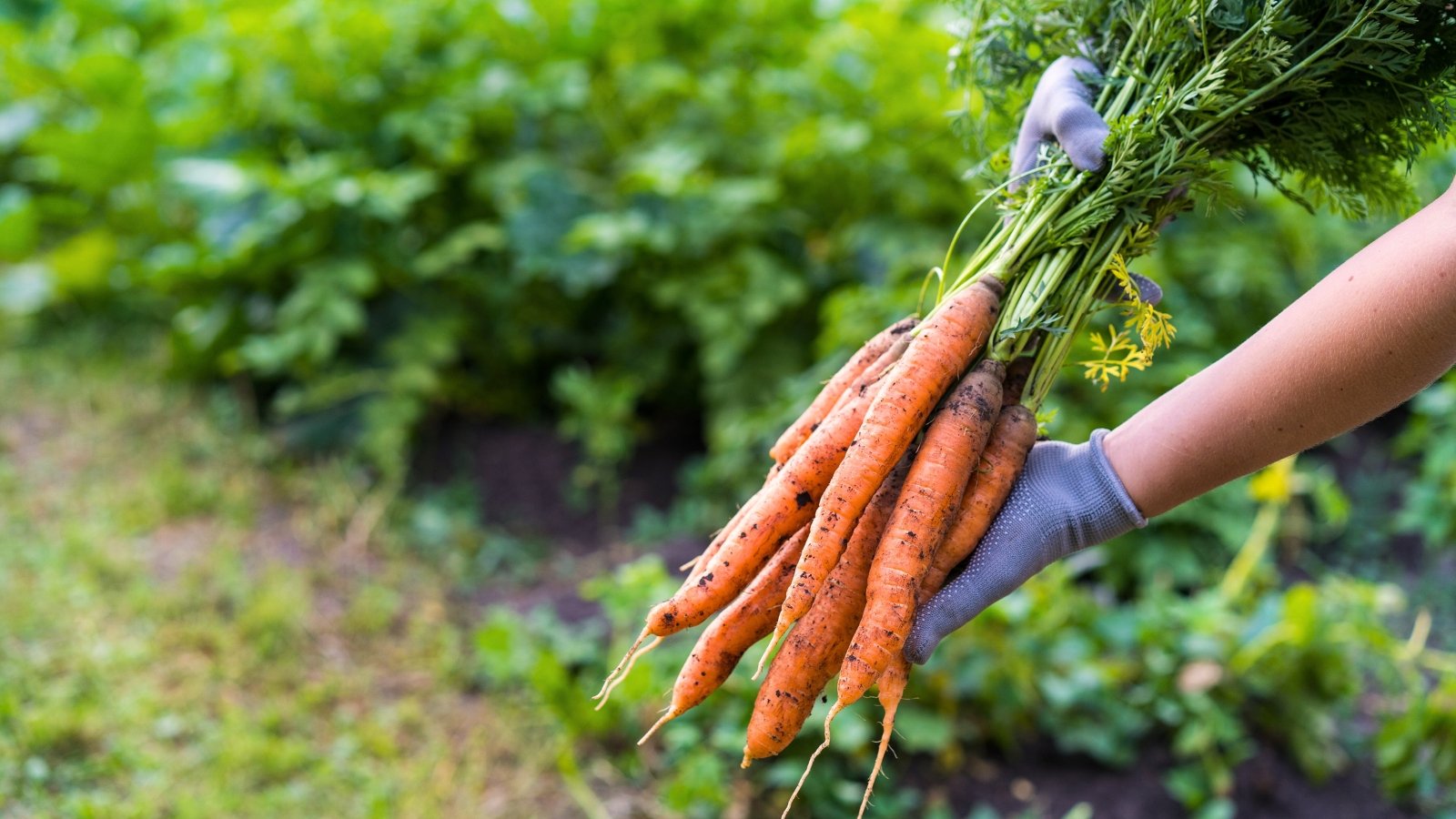



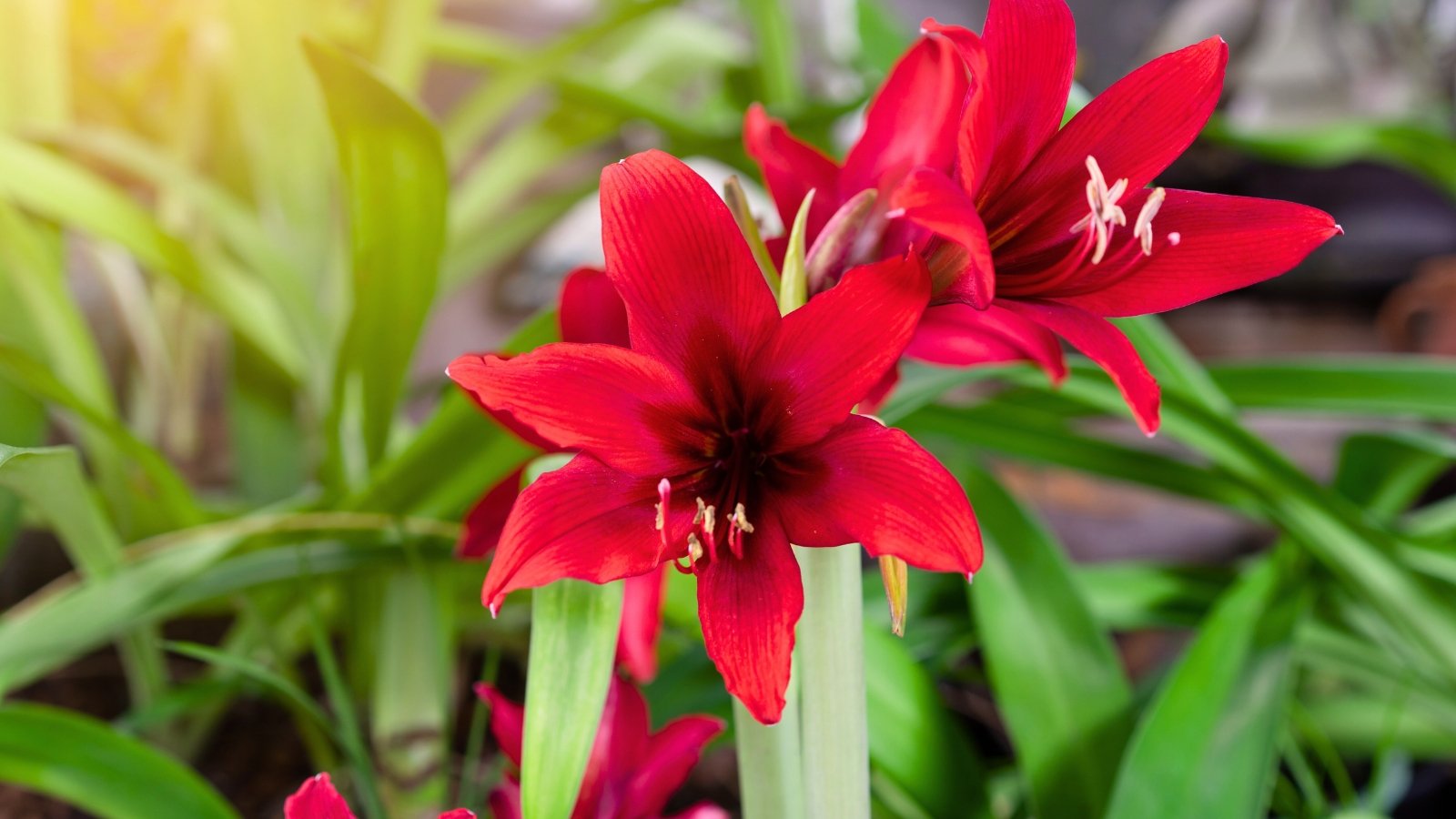















 English (US) ·
English (US) ·  French (CA) ·
French (CA) ·